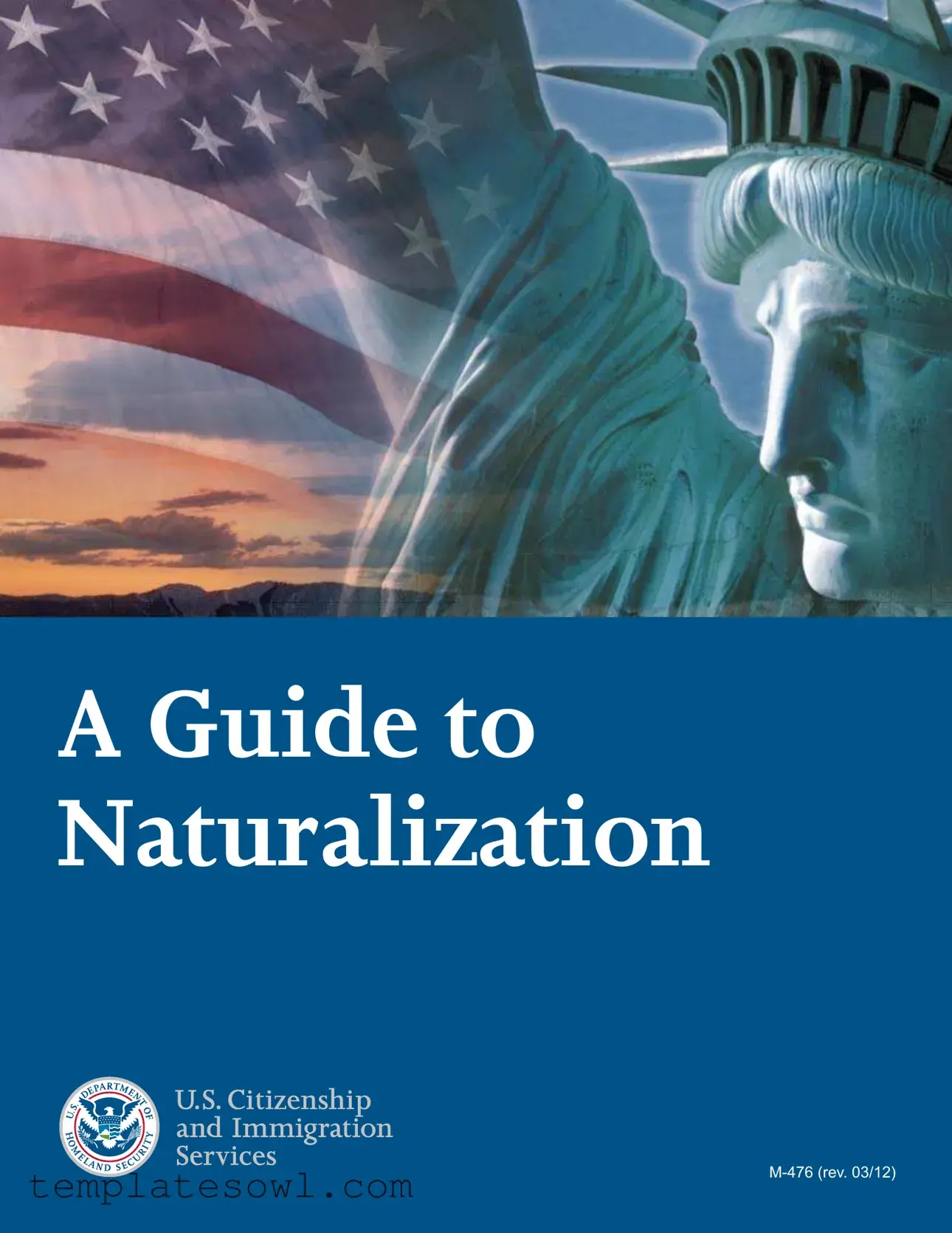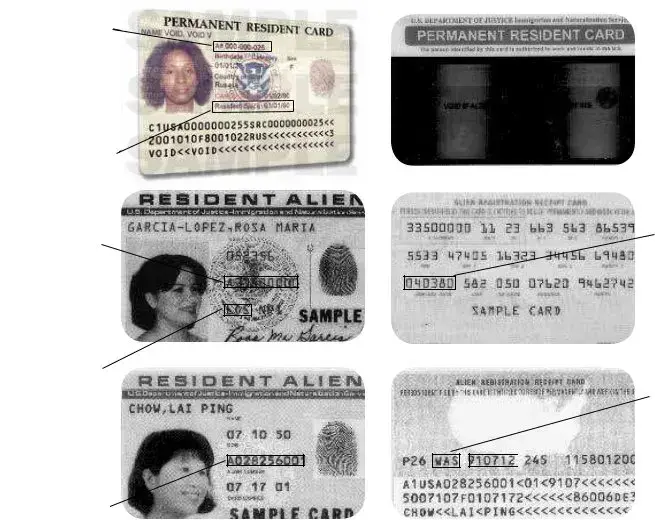Frequently Asked Questions
Q1. How can I become a U.S. citizen?
AYou may become a U.S. citizen (1) by birth or (2) through naturalization.
Q2. Who is born a U.S. citizen?
A Generally, people are born U.S. citizens if they are born in the United States or if they are born to U.S. citizens:
(1) If you were born in the United States:
Normally you were a U.S. citizen at birth.1 (Including, in most cases, the Commonwealth of Puerto Rico, the territories of Guam and the U.S. Virgin Islands, and after November 4, 1986, the Commonwealth of the Northern Mariana Islands),
(2) If you were born abroad to TWO U.S. citizens:
And at least one of your parents lived in the United States at some point in his or her life, then in most cases you are a U.S. citizen.
(3) If you were born abroad to ONE U.S. citizen:
In most cases, you are a U.S. citizen if all of the following are true:
• One of your parents was a U.S. citizen when you were born;
• Your citizen parent lived at least 5 years in the United States before you were born; and
• At least 2 of those 5 years in the United States were after your citizen parent’s 14th birthday.2
Your record of birth abroad, if registered with a U.S. consulate or embassy, is proof of your citizenship. You may also apply for a passport to have your citizenship recognized. If you need additional proof of your citizenship, you may file an “Application for Certificate of Citizenship” (Form N-600) with USCIS to get a
Certificate of Citizenship. Call the USCIS Forms Line at 1-800-870-3676 to request Form N-600, or download the form at www.uscis.gov.
1The exception is persons who were born not subject to the jurisdiction of the United States, such as children of foreign diplomats.
2If you were born before November 14, 1986, you are a citizen if your U.S. citizen parent lived in the United States for at least 10 years and 5 of those years in the United States were after your citizen parent’s 14th birthday.









 Date you became a Permanent Resident
Date you became a Permanent Resident